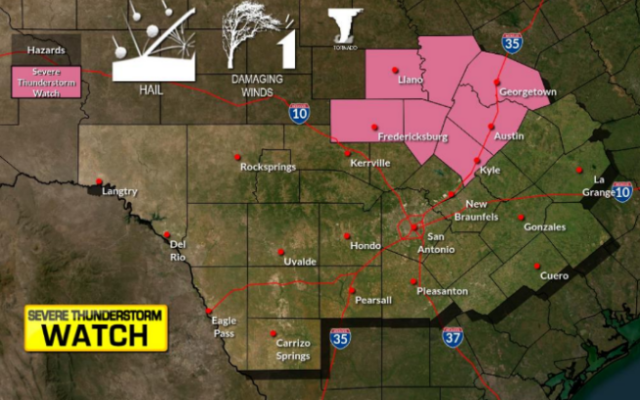That Time When Democracy Was Really Under Siege

Historian Michael Beschloss, tweeted a White House photo on Thursday.
It shows the street in front of the White House, north side, with sleek Plymouths and Chevys whizzing past.
Nineteen forty-one, right after Pearl Harbor.
Beschloss wrote: “After Pearl Harbor, FDR refused suggestions to surround the White House with tanks because it might look as if our democracy was under siege.”
Okay.
Does anyone remember the next decision President Franklin Delano Roosevelt made?
FDR, one of our greatest presidents, is rightly credited with saving the world from Nazism and Imperial Japanese insanity. Yet he ordered the internment of about 120,000 Americans of Japanese origins or ancestry. No crime. No due process.
Taken from homes and businesses that were part of their American communities. Housed in camps from California to interior states. Including Texas.
“A Jap’s a Jap”, said General John DeWitt of U.S. Western Defense Command, whom the president tasked with the relocation.
Internment was pretty much A-OK with Democrats and Republicans.
The LAPD enthusiastically joined in the rounding-up. It got ugly.
In Korematsu v. U.S., the Roosevelt-majority Supreme Court of the United States upheld the exclusion order.
No celebs kneeled.
I’ll bet some fine Japanese-American men and women felt their “democracy was under siege”.
A good leader made a bad decision. Today, the internment of Japanese-Americans is something most American patriots regard with anguish and remorse.
The comparison Beschloss makes is sloppy—there was no apparent need for tanks in 1941.
There WAS violence up against the White House fence this week.
Today, as in 1941, an American president is facing unprecedented crises and choices. Some he will get right, some he will get wrong. And as always, some decisions will age well, or poorly, over time.
Roosevelt’s legacy is complicated that way. Donald Trump’s will be too.
You Might Also Like



